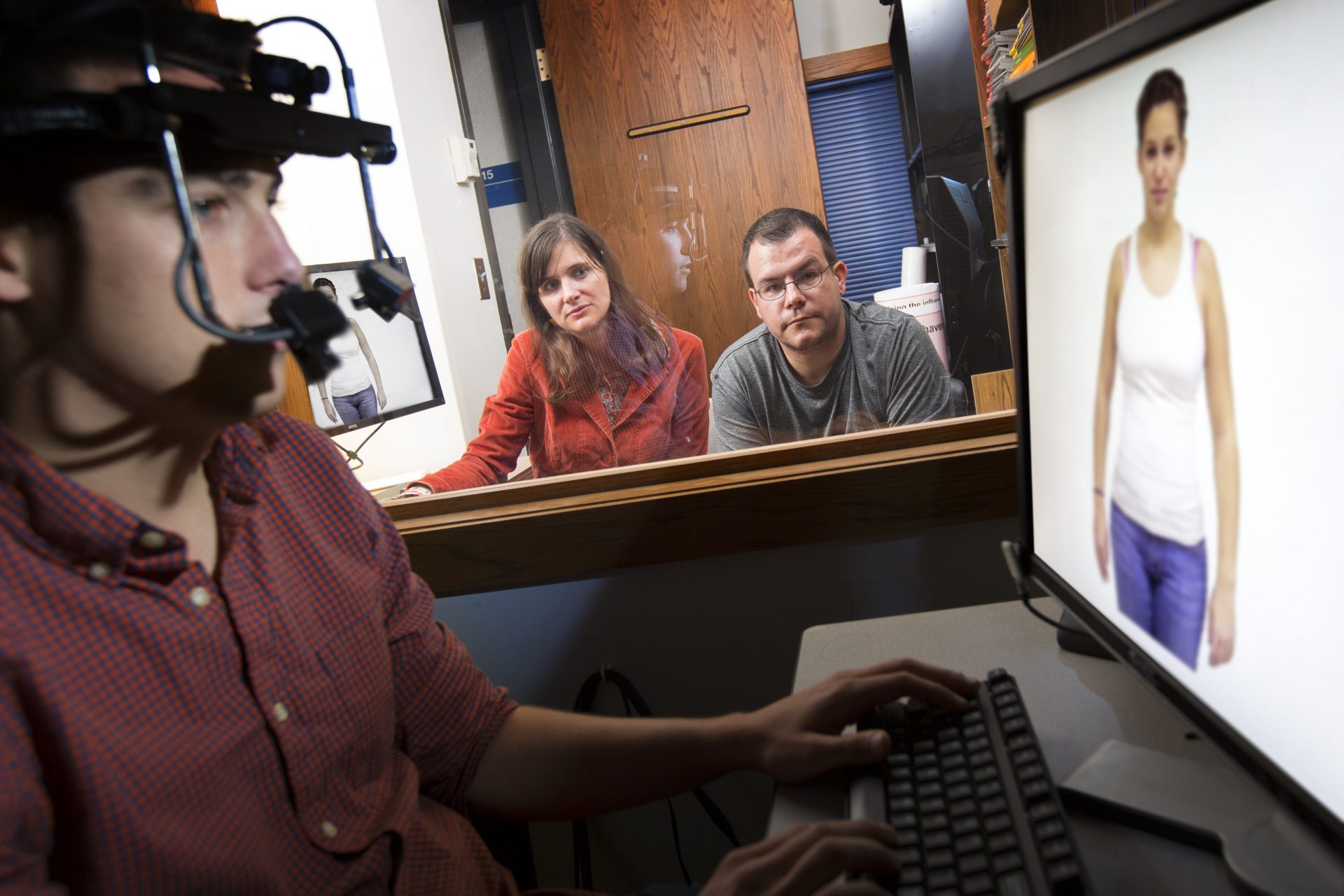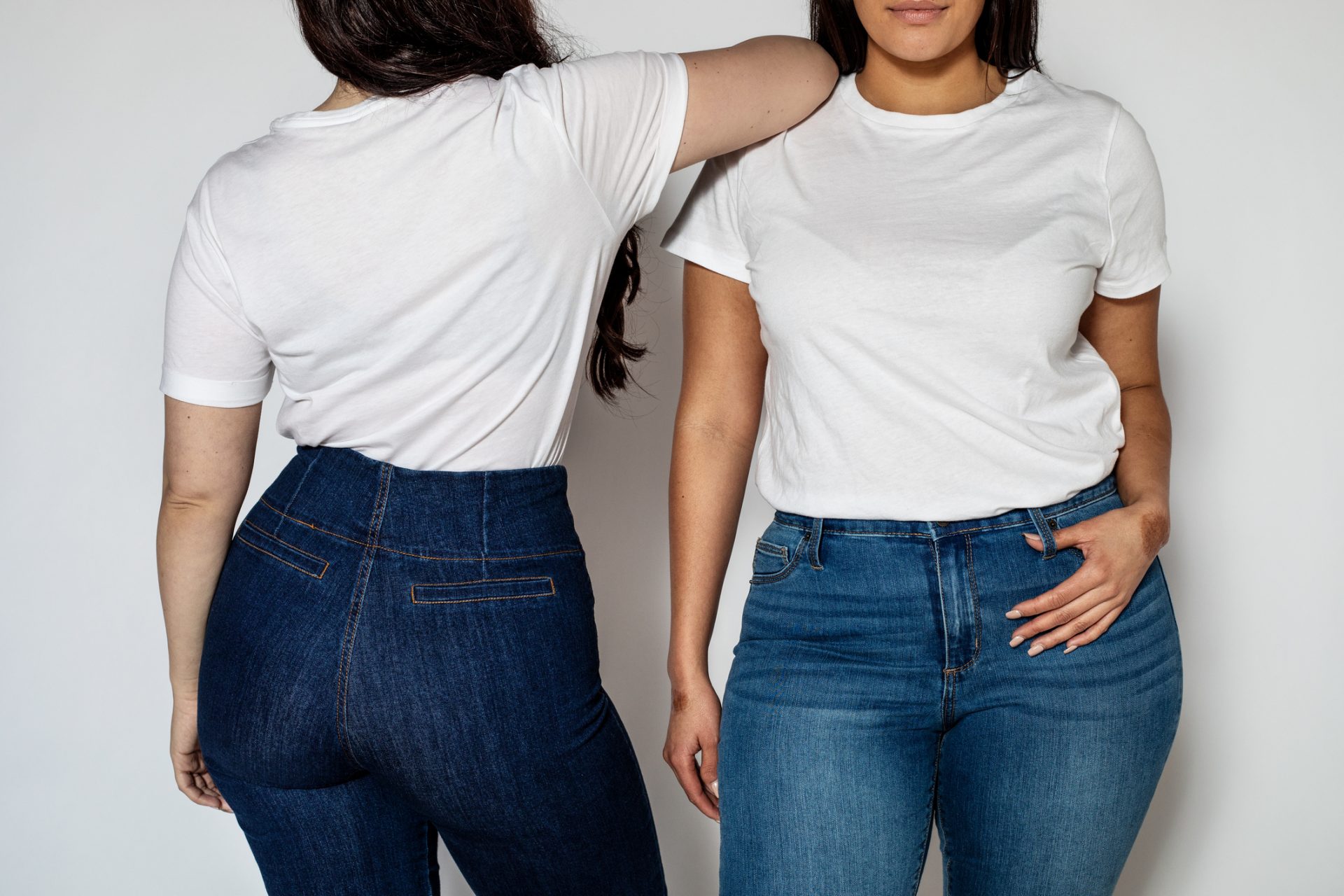Do women check out female bodies just as much as men?
Young men are well known for their love of bosoms but did you know they may not be the only ones who look at them a lot? An old study has discovered that women look at other women’s chests just as much as men.
Published in the journal Sex Roles in 2014, the research comes from the University of Nebraska-Lincoln’s Sarah Gervais and Michael Dobb and it provided some of the first empirical evidence on the universal nature of humanity’s objectified gaze.
Gervias and Dobbs used eye-tracking technology to map the visual behavior of a group of college men and women as they viewed different images of women with varying body types. What they discovered was remarkably intriguing.
Photo Credit: Craig Chandler, University Communications, University of Nebraska-Lincoln
Twenty-nine female and thirty-six male participants took part in the study and they were tasked with looking at the bodies of ten women. However, the pictures presented to the participants had been enhanced in some ways according to CBC News.
Photo by ian dooley on Unsplash
Participants were shown an image of the same woman three times. Two of the images were enhanced to accentuate certain features of their body while one of the pictures of the woman remained untouched.
Certain parts of the body in the edited images were enhanced to make a woman appear more curvacious, including the chest, hips, and butt. Participants were asked to rate all of the women in the images on personality and appearance.
When asked to focus on the women’s bodies in the images, female participants largely began by doing what they were asked before quickly settling their gaze on the chest of the woman and other sexualized areas according to a press release on the research.
Gervais and Dobbs discovered that while the gaze of male participants was consistently focused on a woman’s breast and other sexualized body parts, female participants were no less objectifying and their behavior was similar to their male counterparts.
The results of the study were anecdotal but Gervais explained she was not surprised by the discovery that women were objectifying the bodies of other women just as much as men.
“We do have a slightly different pattern for men than women, but when we looked at their overall dwell times – how long they focused on each body part – we find the exact same effects for both groups," Gervais said. "Women, we think, do it often for social comparison purposes."
Photo by Sir Manuel on Unsplash
CBS News suggested that male eye focus patterns might be a holdover from our more primitive evolutionary ancestors, suggesting men are drawn to the curves of a woman because they could imply she has good childbearing abilities.
The press release on the research noted that men were more likely to quickly fixate on a woman’s face and body at the same time but added female participants were more likely to quickly focus on a woman's face.
Photo by Tibor Pápai on Unsplash
Unfortunately, humanity's objectifying gaze can be negative, especially considering that previous research done prior to the 2013 findings had discovered that women who are objectified can be seen as less friendly, intelligent, and even less moral according to the press release on the research,
"It can undermine (women's) work performance. It can cause them to self-silence and it's related to increased perceptions of sexual harassment," Gervais explained. "If you think about all of the negative consequences, figuring out what's triggering all of those consequences, that's the first step toward stopping it from happening."
Gervias and Dobbs also discovered that female body shape seemed to influence how men view women, finding women with hourglass figures were viewed more positively than straighter figures by men. However, this could be overcome with self-awareness.
“By characterizing the manner in which people fixate on the body when engaging in objectifying behavior, it also becomes possible to determine methods of reducing this behavior. That's what the personality manipulation part of the study did – that's a huge positive," Dodd said
"It's not as though looking at the body of someone has to be, or is, a default behavior. It just may be the case that cognitive control is required to engage in more appropriate, and less damaging, visual behavior,” Dobbs added.
More for you
Top Stories





























